-
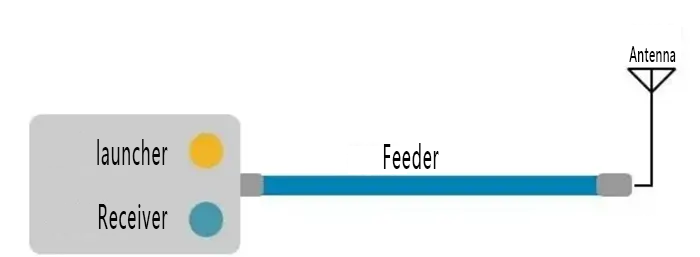
Definition and common classification analysis of RFID antennas
Among wireless communication technologies, only the relationship between the wireless transceiver device and the antenna of the RFID system is the most special. In the RFID family, antennas and RFID are equally important ...Read more -
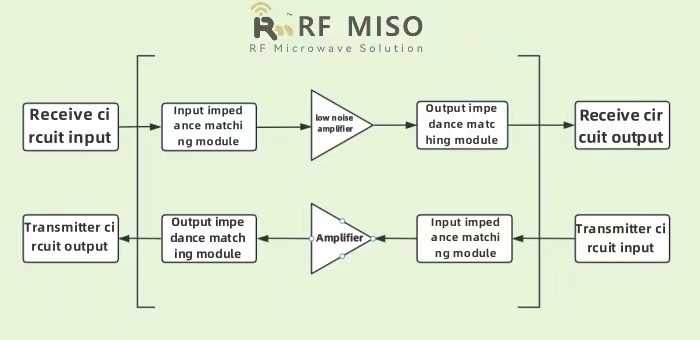
What is radio frequency?
Radio Frequency (RF) technology is a wireless communication technology, mainly used in radio, communications, radar, remote control, wireless sensor networks and other fields. The principle of wireless radio frequency technology is based on the propagation and modulation...Read more -
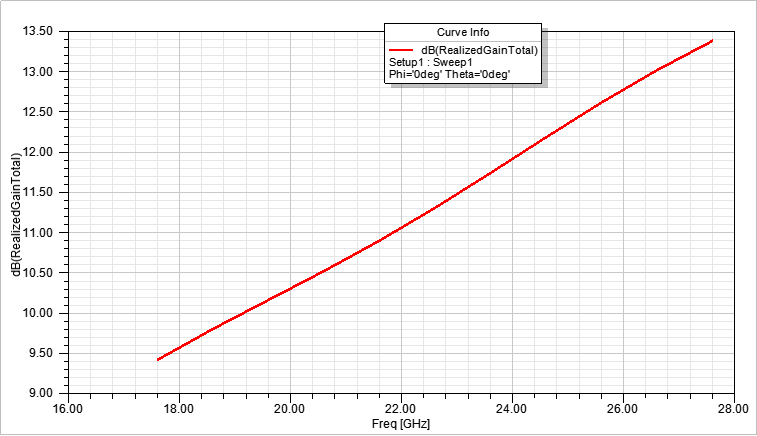
The principle of antenna gain, how to calculate antenna gain
Antenna gain refers to the radiated power gain of an antenna in a specific direction relative to an ideal point source antenna. It represents the radiation capability of the antenna in a specific direction, that is, the signal reception or emission efficiency of the ante...Read more -
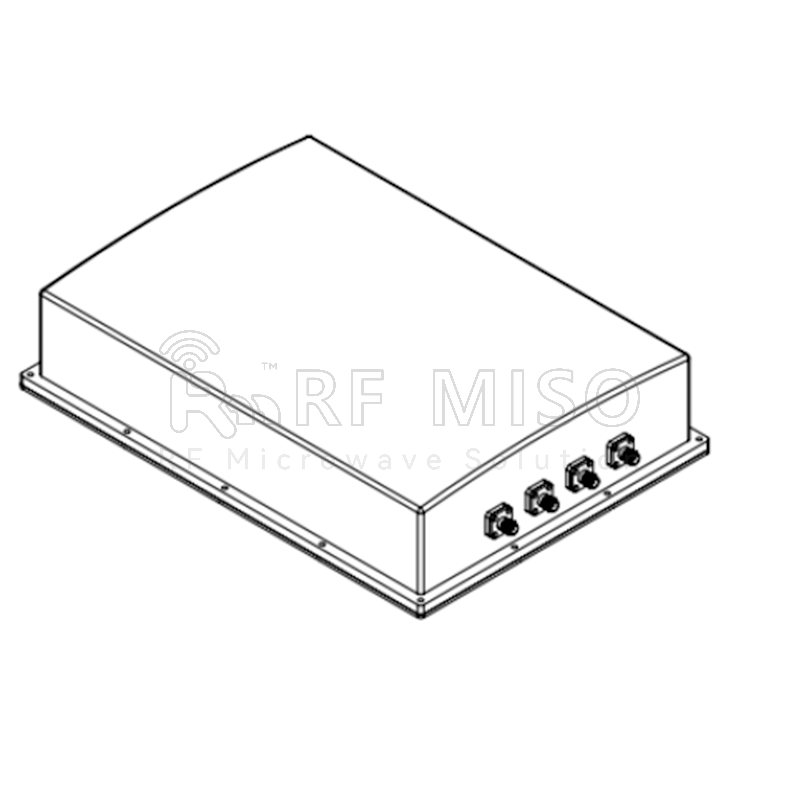
Four basic feeding methods of microstrip antennas
The structure of a microstrip antenna generally consists of a dielectric substrate, a radiator and a ground plate. The thickness of the dielectric substrate is much smaller than the wavelength. The thin metal layer on the bottom of the substrate is connected to the groun...Read more -
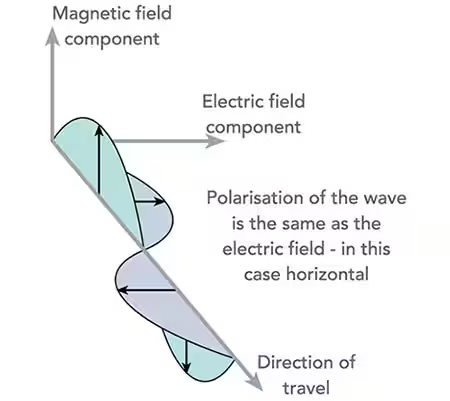
Antenna Polarization: What is Antenna Polarization and Why It’s Important
Electronic engineers know that antennas send and receive signals in the form of waves of electromagnetic (EM) energy described by Maxwell's equations. As with many topics, these equations, and the propagation, properties of electromagnetism, can be studied at different l...Read more -

The working principle and application of horn antenna
The history of horn antennas dates back to 1897, when radio researcher Jagadish Chandra Bose conducted pioneering experimental designs using microwaves. Later, GC Southworth and Wilmer Barrow invented the structure of the modern horn antenna in 1938 respectively. Since t...Read more -
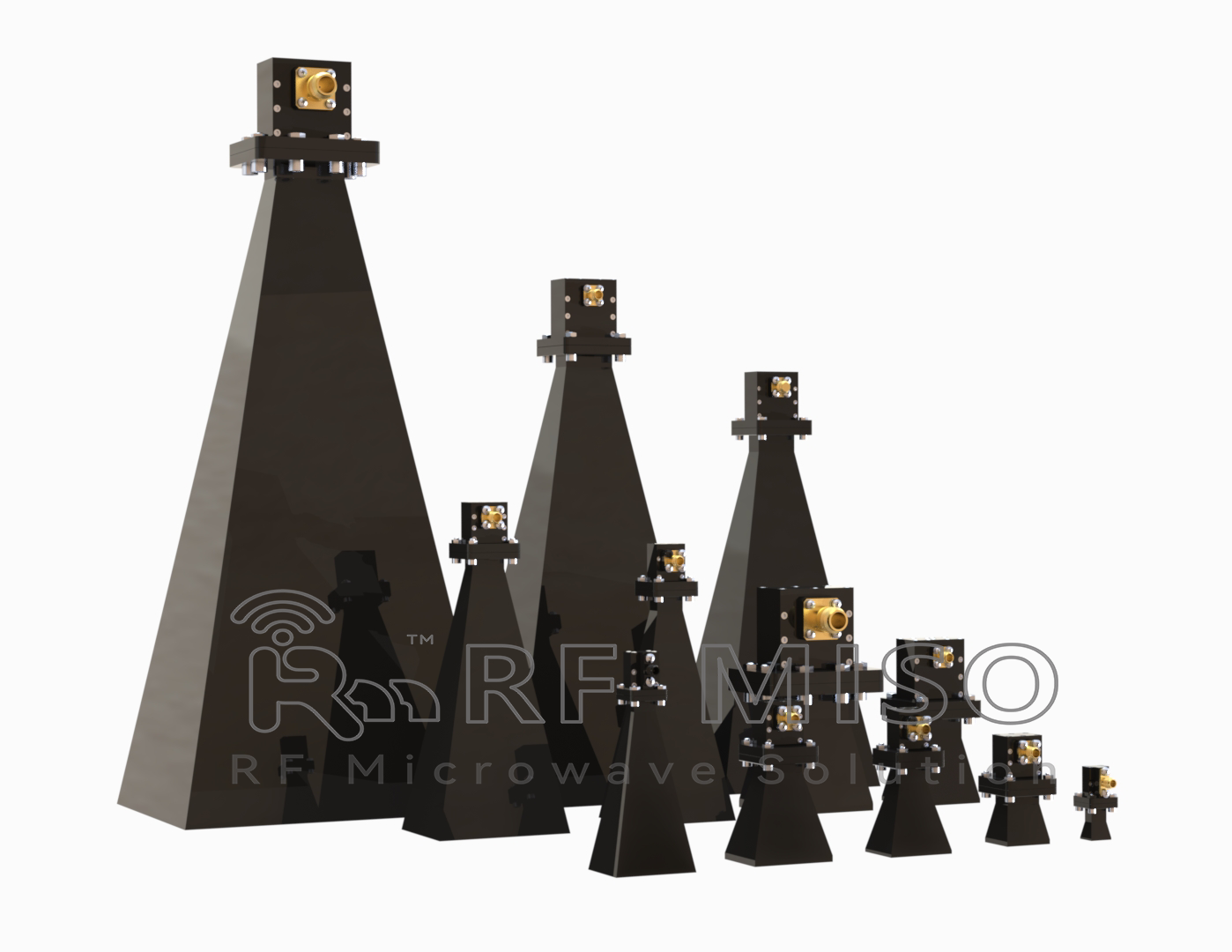
What is a horn antenna? What are the main principles and uses?
Horn antenna is a surface antenna, a microwave antenna with a circular or rectangular cross-section in which the terminal of the waveguide gradually opens. It is the most widely used type of microwave antenna. Its radiation field is determined by the mouth size and propa...Read more -

Do you know the difference between soft waveguides and hard waveguides?
Soft waveguide is a transmission line that serves as a buffer between microwave equipment and feeders. The inner wall of the soft waveguide has a corrugated structure, which is very flexible and can withstand complex bending, stretching and compression. Therefore, it is ...Read more -
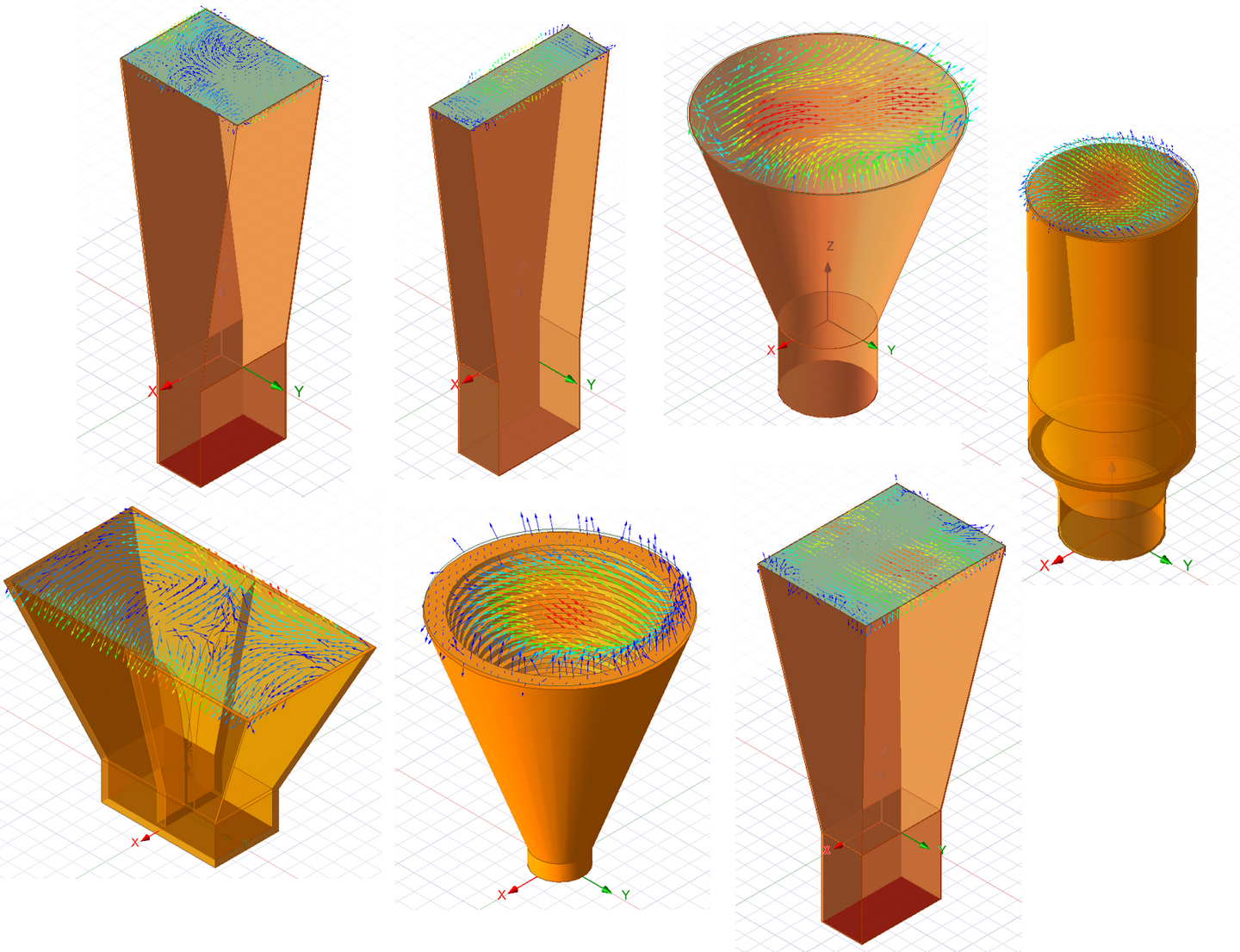
Commonly used antennas | Introduction to six different types of horn antennas
Horn antenna is one of the widely used antennas with simple structure, wide frequency range, large power capacity and high gain. Horn antennas are often used as feed antennas in large-scale radio astronomy, satellite tracking, and communication antennas. In addition to s...Read more -
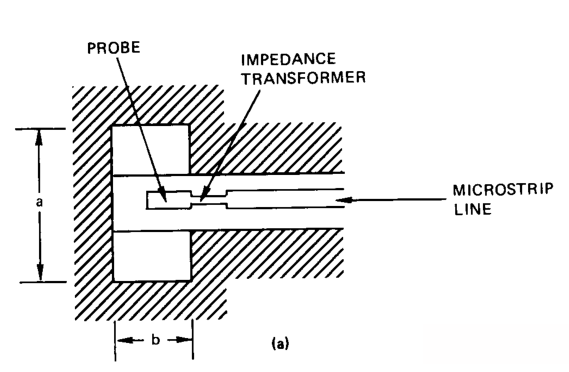
converter
As one of the feeding methods of waveguide antennas, the design of microstrip to waveguide plays a crucial role in energy transmission. The traditional microstrip to waveguide model is as follows. A probe carrying a dielectric substrate and fed by a microstrip line is in...Read more -
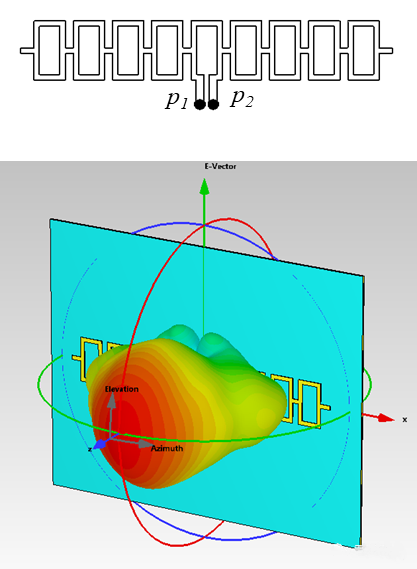
Grid Antenna Array
In order to adapt to the antenna angle requirements of the new product and share the previous generation PCB sheet mold, the following antenna layout can be used to achieve antenna gain of 14dBi@77GHz and radiation performance of 3dB_E/H_Beamwidth=40°. Using Rogers 4830 ...Read more -

RFMISO Cassegrain Antenna Products
Cassegrain antenna's characteristic is to use back feed formeffectively reduces the wastage of the feeder system. For antennasystem with more complex feeder system,adopt cassegrainantenna that can effectively reduce the shade of feeder. Ourcassegrain antenna frequency co...Read more







